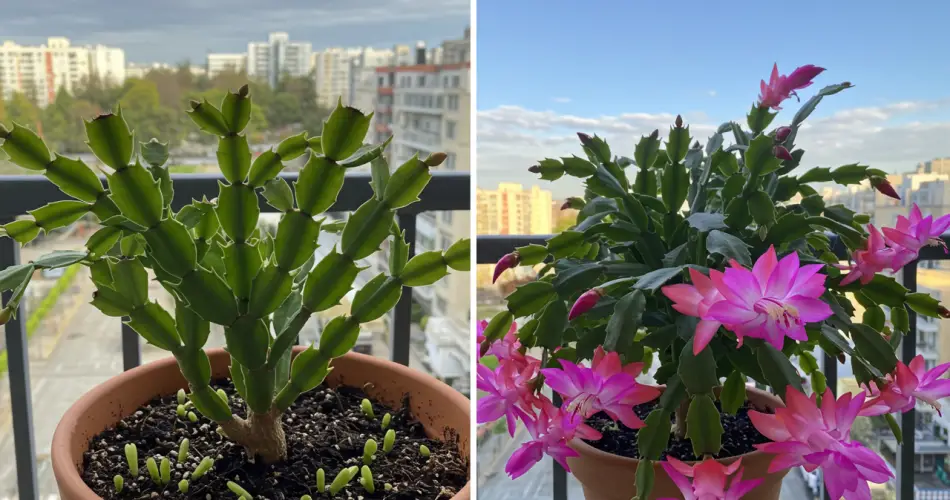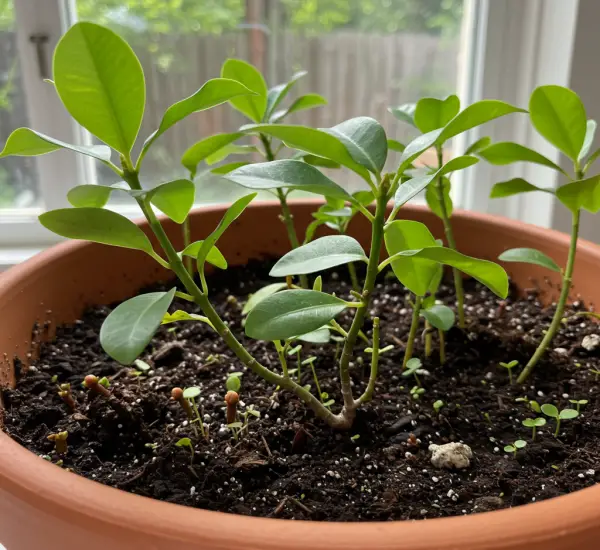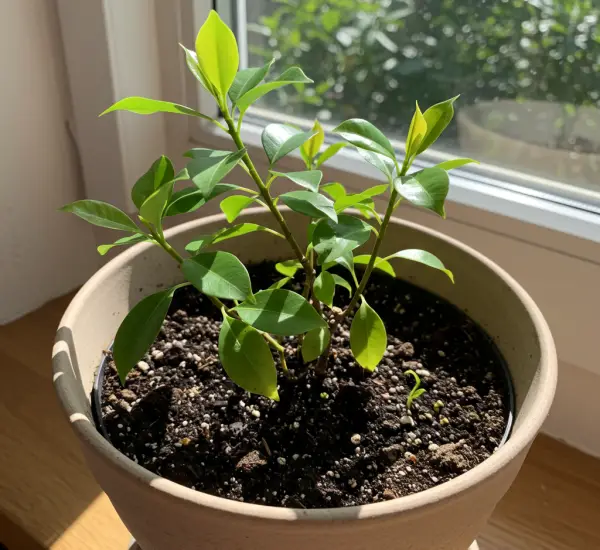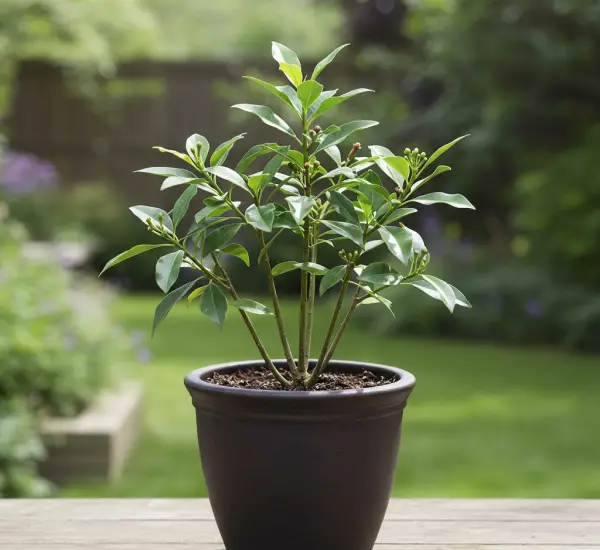As the holidays approach, few indoor plants capture the festive spirit quite like the Christmas cactus (Schlumbergera). With its graceful, cascading branches and vivid blossoms that light up the darkest winter days, this tropical plant has become a seasonal favorite. Native to the lush rainforests of Brazil, the Christmas cactus naturally blooms between mid-December and mid-January, making it a perfect match for the holiday season. But did you know that a simple ingredient from your kitchen can help it bloom right on time for Christmas Eve?
The Christmas Cactus: A Festive Jewel in Your Home
Unlike desert cacti that thrive on arid heat and drought, the Christmas cactus comes from humid, shaded forests where it grows on trees or rocks, absorbing moisture from the air. This unique background explains its distinct needs — and its lush, elegant appearance.
Its flattened, jointed stems create a draping effect, and at the tips, dazzling flowers appear in shades of red, pink, white, or orange. Each bloom resembles a delicate bell, adding a warm, joyful touch to your home. When properly cared for, a single Christmas cactus can live for decades, often being passed down from generation to generation as a cherished family plant.
To enjoy this spectacular display right on schedule, you’ll need to understand what triggers its flowering — and how to give it a little natural boost.
Essential Care Tips for a Perfect Holiday Bloom
To coax your Christmas cactus into full bloom just before December 25th, start by recreating its ideal environment:
-
Light: Place your plant in a bright spot, but shield it from direct sunlight, which can burn the leaves. A north or east-facing window is perfect.
-
Water: Water moderately — enough to keep the soil slightly moist but never soggy. In autumn and winter, once a week is often sufficient.
-
Temperature: Maintain a stable room temperature around 20°C (68°F). Avoid sudden drafts or temperature drops, which can cause buds to fall off.
-
Humidity: Like its rainforest origins, the Christmas cactus enjoys a bit of humidity. Light misting or a tray of pebbles and water beneath the pot helps keep the air moist.
-
Rest Period: About six weeks before the holidays, reduce watering slightly and let the plant rest in a cooler room (around 15°C). This rest period encourages the formation of flower buds.
Once buds begin to appear, resume regular watering and move the plant back to its usual warm, bright location.
The Miracle Ingredient for Vibrant Blooms
Now comes the secret: while store-bought fertilizers enriched with potassium can boost blooming, you can achieve the same results with natural ingredients already found in your kitchen. These homemade alternatives gently nourish your Christmas cactus without chemicals, ensuring lush growth and early flowering.
Here are some of the best kitchen-based options:
-
Coffee Grounds
Coffee grounds are rich in nitrogen, a vital nutrient that strengthens plant growth and encourages new buds. Allow them to cool, then sprinkle a small amount into the soil every two weeks. They’ll enrich the substrate and subtly acidify the soil — just as the cactus likes it. -
Crushed Eggshells
Eggshells are packed with calcium, which helps reinforce the plant’s cell walls and supports healthy roots. Dry and grind them into a fine powder, then mix the powder into the top layer of the soil. -
Egg Boiling Water
After boiling eggs, don’t pour out the water! Once cooled, use it to water your cactus. The water contains trace minerals and calcium that promote growth and blooming. -
Banana Peel Tea
Bananas are an excellent source of potassium, the key nutrient for flower production. To prepare, mash a ripe banana and let it soak in a liter of water for 48 hours. Strain the liquid and use it as a natural fertilizer every two weeks. -
Rice Rinse Water
When you rinse rice before cooking, save the cloudy water — it’s rich in starch and minerals that gently feed your plant. Water your Christmas cactus with it once a month to encourage flowering. -
Unsweetened Tea
Tea contains small amounts of nitrogen and potassium, making it another great natural tonic. Let the tea cool completely and use it in place of regular water once every few weeks.
A Few Precautions for Success
While these natural fertilizers are mild and effective, moderation is key. Adding too much organic matter at once can suffocate roots or lead to fungal growth. Always test a small amount first and observe your cactus’s reaction for a few days.
Avoid letting the pot sit in standing water, and make sure the soil drains well — soggy roots are the Christmas cactus’s worst enemy.
The Reward: A Blooming Masterpiece for the Holidays
With just a bit of attention — and perhaps a touch of kitchen magic — your Christmas cactus will reward you with dozens of bright, cascading blossoms, perfectly timed to open for Christmas Eve. It will add a living sparkle to your holiday décor, brighten the winter gloom, and remind you that beauty often comes from the simplest things — like a banana peel, a bit of rice water, or a sprinkle of coffee grounds.
This season, let nature and tradition work together to create your most beautiful Christmas centerpiece yet — a thriving cactus in full bloom, glowing with color and festive cheer.



